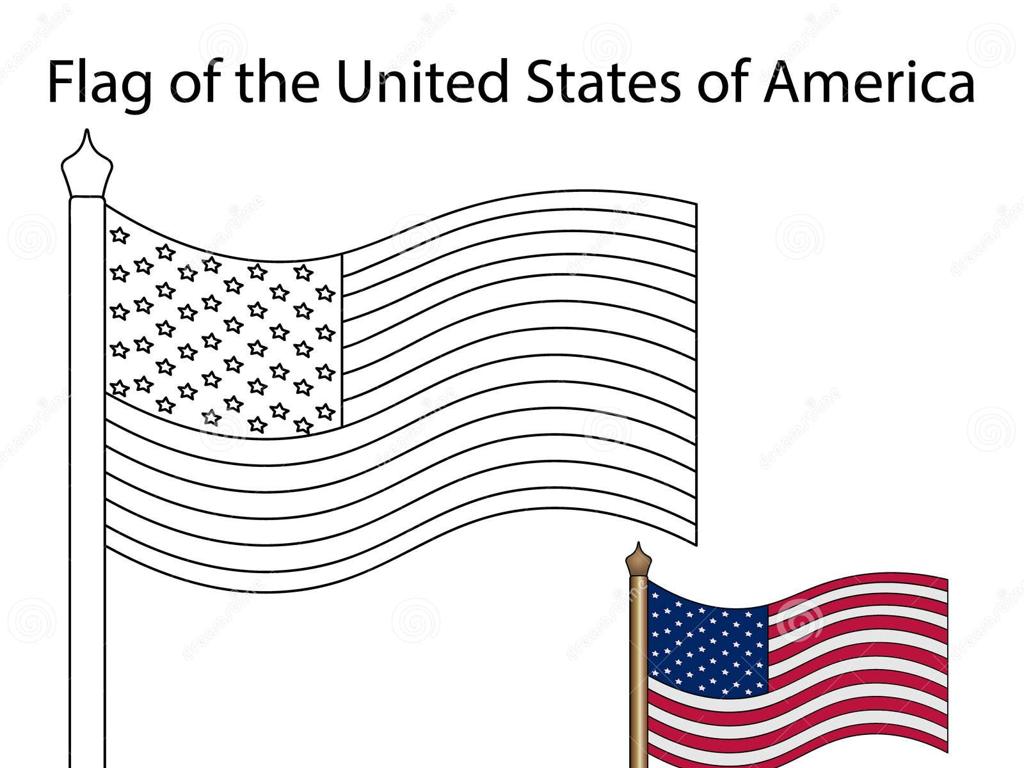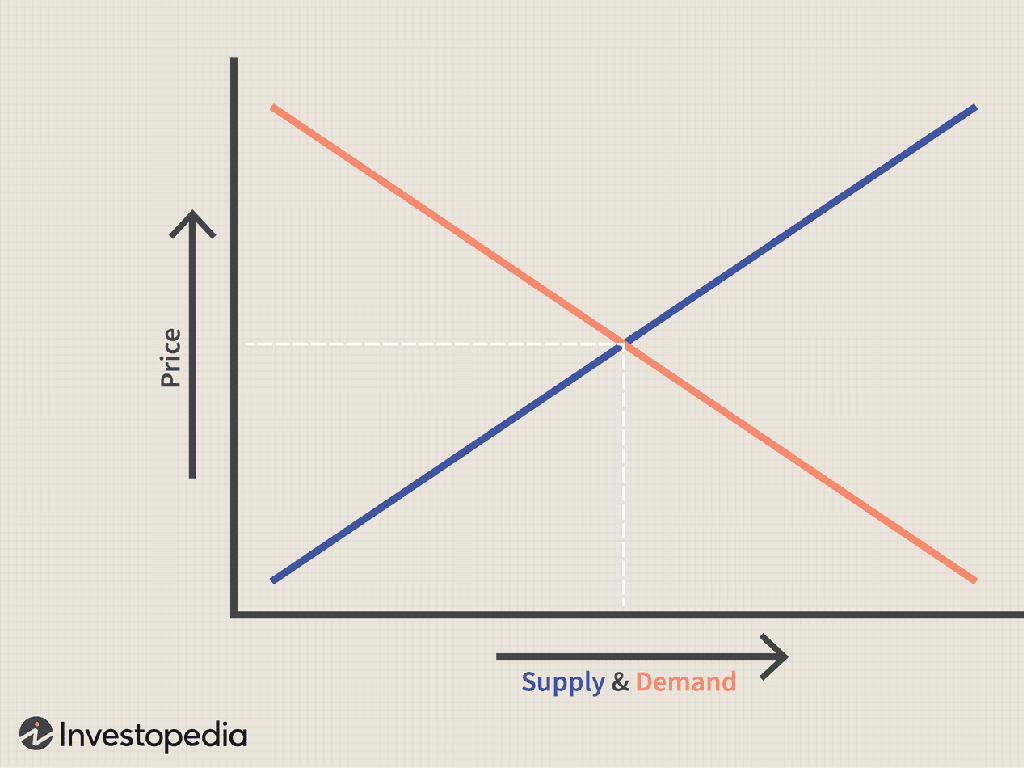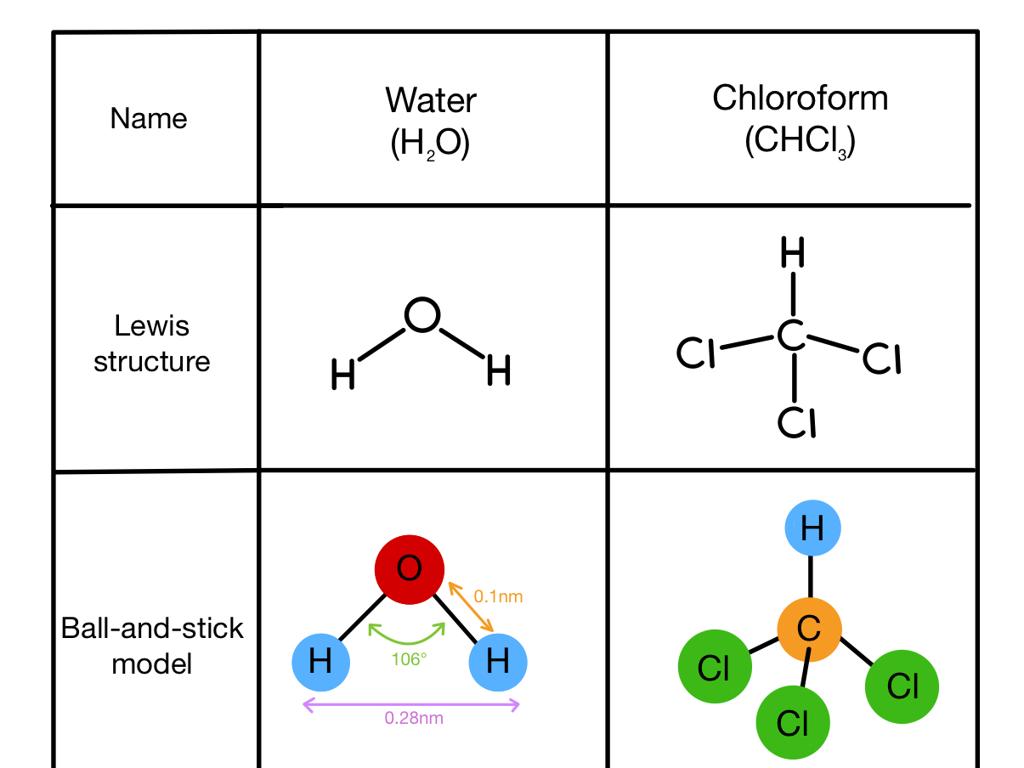Name The Solid Shape
Subject: Math
Grade: Pre-k
Topic: Solid Shapes
Please LOG IN to download the presentation. Access is available to registered users only.
View More Content
Welcome to Solid Shapes!
– Greeting with a bright smile
– Introducing Solid Shapes
– Solid shapes are 3D objects like cubes, spheres, and cones.
– Have you seen solid shapes around?
– Think of balls, boxes, and cans you ve seen.
– Let’s find solid shapes together!
|
Begin the class with a warm and engaging smile to create a welcoming atmosphere. Introduce the concept of solid shapes by explaining that unlike flat shapes, solid shapes have three dimensions. Encourage the children to think about and discuss objects they encounter in their daily lives that resemble solid shapes, such as balls (spheres), boxes (cubes), and cans (cylinders). This will help them connect the lesson to the real world. Prepare to guide them through a hands-on exploration of solid shapes in the classroom, using physical objects or shape manipulatives to reinforce the concept.
What Are Solid Shapes?
– Solid shapes are 3D
– They have length, width, and height
– Classroom objects as examples
– Look at blocks and balls around us
– A ball-like shape is a sphere
– Sphere: like a basketball or an orange
– Solid shapes can be held
|
This slide introduces Pre-K students to the concept of solid shapes by distinguishing them from flat shapes. Emphasize that solid shapes have three dimensions: length, width, and height, which make them different from flat shapes that only have two dimensions. Use tangible objects like blocks, balls, and boxes from the classroom to show real-life examples of solid shapes. Describe the shapes in simple terms, such as comparing a sphere to familiar round objects like a ball. Encourage the children to touch and hold different solid shapes to understand that they can be picked up and are not just flat drawings. This tactile experience will help solidify their understanding of 3D shapes.
Meet the Solid Shapes Family
– Say hello to Sammy Square
– Sammy Square is like a dice
– Meet Olivia Orb
– Olivia Orb is like a ball
– Greet Cindy Cylinder
– Cindy Cylinder is like a can
– Welcome Connor Cone
– Connor Cone is like an ice cream cone
– Introduce Penny Prism
– Penny Prism is like a box
|
This slide introduces young learners to the concept of solid shapes through a fun and engaging ‘Solid Shapes Family’. Each shape is personified with a character name to make them relatable and memorable. Use common objects that children are familiar with to help them connect the shape with the character, such as a dice for the cube or a ball for the sphere. Encourage the children to find these shapes in the classroom or at home to reinforce their learning. The goal is to make the identification of these shapes intuitive through association with everyday items.
Solid Shape Matching Game
– Play a matching game with shapes
– Students come up to match shapes
– Encourage each child to participate
– Praise correct shape names
– Celebrate when they get it right
– Gently correct any mismatches
– Offer kind guidance on mistakes
|
This interactive game is designed to help Pre-K students learn the names of solid shapes through a fun matching activity. Set up stations with various solid shapes and their corresponding names on cards. Invite each student to come up to the front and match a shape with its name. Applaud their efforts and successes to build confidence. If a student makes a mistake, gently guide them to the correct answer, reinforcing the learning process. This activity not only helps with shape recognition but also encourages public speaking and participation in a group setting. Possible shapes to include are cubes, spheres, cones, cylinders, and pyramids. Make sure to have a variety of shapes available so that each child has the opportunity to participate multiple times.
Solid Shapes in Our World
– Solid shapes are everywhere
– A ball is a shape called a sphere
– Like a basketball or a soccer ball
– A box is a shape called a cube
– Like a toy box or a cereal box
– Can you name these shapes?
|
This slide is aimed at helping Pre-K students recognize and name solid shapes by relating them to familiar objects in their everyday life. Start by explaining that solid shapes are three-dimensional and can be found all around us. Use a ball to demonstrate a sphere and a box to show a cube. Encourage the students to touch and hold the objects if possible, to better understand the concept of three-dimensionality. Ask the students to name the shape of each object as you show them. This interactive approach will help students to remember the shapes and associate them with the correct names. Be prepared with additional examples of everyday items for each shape to reinforce learning.
Let’s Find Solid Shapes!
– Scavenger hunt for shapes
– Find & name shapes in room
– Learn to identify shapes
– Cube, sphere, cylinder, cone
– Articulate shape names
– Practice saying shape names aloud
|
This slide introduces a classroom activity designed to help Pre-K students recognize and name solid shapes in a fun and interactive way. Set up a scavenger hunt with various solid shapes placed around the classroom. Encourage students to explore and find these shapes, such as cubes, spheres, cylinders, and cones. As they find each shape, help them identify and say the name of the shape out loud, reinforcing their learning through repetition and active participation. Provide guidance and support as needed, ensuring each student can confidently recognize and articulate the names of the solid shapes. This activity not only teaches shape recognition but also promotes movement and engagement in the classroom.
Create Your Own Solid Shapes
– Activity: Shape creation with playdough
– Each child makes their own shapes
– Help children name their shapes
– Is it a sphere, cube, cylinder, or cone?
– Celebrate creativity in shape-making
|
This slide introduces an interactive class activity where students will use playdough to create solid shapes. The goal is to help them recognize and name various solid shapes through a hands-on experience. As they craft their shapes, engage with each student to identify and name the shapes they’ve made, such as spheres, cubes, cylinders, or cones. Encourage their creativity and praise their efforts to foster a positive learning environment. For the teacher: Have a variety of examples ready to show, and be prepared to guide students who may need help shaping their playdough. Offer support in naming the shapes, and consider having a display area for the finished products. This activity not only teaches shape recognition but also enhances fine motor skills and spatial awareness.
Review and Goodbye: Solid Shapes
– Recap solid shape names
– Cube, sphere, cone, cylinder
– Sing the shape goodbye song
– ‘Goodbye cube, goodbye sphere, we’ll find shapes everywhere!’
– Find shapes at home
– Look for a box (cube), ball (sphere), party hat (cone), or a can (cylinder)
–
|
As we conclude today’s lesson on solid shapes, it’s important to reinforce the learning with a fun recap. Go over the names of the shapes once more, ensuring the children can identify a cube, sphere, cone, and cylinder. Introduce a simple goodbye song incorporating the names of the shapes to make the learning memorable. Encourage the children to continue their learning at home by identifying objects that match the shapes they’ve learned about today. This activity will help solidify their understanding and give them a practical application of the lesson.






